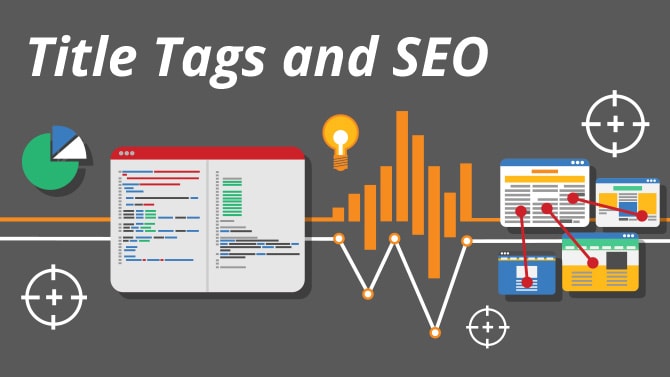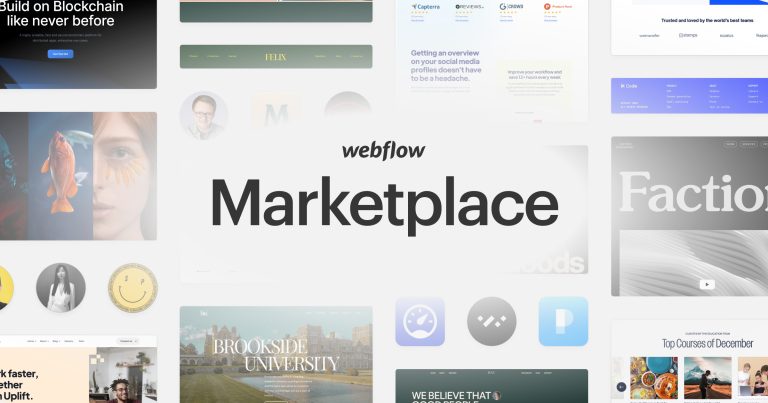Your Silent Seller: Mastering the Website Title
Imagine walking into a crowded marketplace. Countless stalls vie for your attention, each a blur of color and noise. Suddenly, a clear, captivating sign catches your eye. It speaks directly to your needs, promising exactly what you seek. In the digital marketplace, that sign is your website title. It sits silently in search results, yet holds immense power. It can entice potential customers, or leave them scrolling past. This guide unlocks the secrets of crafting a website title that sells, transforming that silent seller into a booming success.
What Is A WebSite Title (Title Tag)?

Your website title, often referred to as a title tag, acts as a digital storefront sign in search engine results. Nestled within the title tags of your website’s code, it’s distinct from both your website’s name (URL) and the meta description, which provides a more detailed blurb. This seemingly simple element plays a crucial role in attracting visitors and boosting your online presence.
Why Your Website Title Matters
The impact of a well-crafted website title is twofold. Firstly, it significantly influences your website’s Search Engine Optimization (SEO). Search engines like Google analyze website titles to understand the content and determine its relevance to search queries. A title tag optimized with relevant keywords increases your chances of appearing higher in search results, driving more organic traffic your way.
Secondly, website titles directly affect user experience and click-through rates (CTR). In a sea of search results, your title is the first impression users encounter. A clear, concise, and compelling title that accurately reflects your content entices users to click and explore further. On the other hand, a vague or misleading title can leave users confused and prompt them to scroll past, hindering your website’s potential.
Crafting an Effective Website Title: Your SEO and Click Magnet

Your website title is your website’s ambassador in search results. It needs to be informative for search engines and enticing for users, acting as both an SEO magnet and a click magnet. Here’s how to craft a title that shines:
1. Keyword Alchemy:
Start by researching relevant keywords using tools like Google Keyword Planner. Focus on keywords with high search volume but low competition to strike a balance between reach and attainability. Don’t just stuff keywords in, though! Aim for natural integration, ideally placing your primary keyword near the beginning of the title for optimal SEO impact. Think of your keywords as search magnets, drawing users with relevant queries.
2. Clarity Reigns Supreme:
Clarity is king when it comes to website titles. Users should instantly grasp what your webpage offers. Avoid ambiguity, overly technical jargon, or clickbait tactics. Imagine your title as a crystal-clear window, showcasing the content within for users to see exactly what they’ll find.
3. Catchy Captures:
A sprinkle of creativity can take your title from good to great. Consider using strong verbs that pique user interest (e.g., “Unlock,” “Discover,” “Master”). Emotional triggers can also be powerful tools (e.g., “The Ultimate Guide to…”). You can even use a question to spark curiosity and encourage clicks. Think of your title as a captivating headline, drawing users in with a touch of intrigue.
4. Length Matters:
While search engines typically display around 60 characters of your title, aim for a sweet spot that conveys your message effectively without exceeding that limit. Excessively long titles get truncated in search results, leaving users with an incomplete message. Imagine your title as a perfectly sized sign, delivering your message clearly and concisely.
By following these steps, you can craft a website title that’s both informative and irresistible, attracting both search engines and users. Remember, your title is a crucial element in your digital marketing recipe, so invest the time to create one that’s truly effective.
Best Practices for Website Titles
Crafting a compelling website title is just the first step. To truly unleash its potential, consider these best practices:
1. Embrace A/B Testing:
Don’t settle for the first draft! Utilize A/B testing tools to experiment with different title variations and see which ones resonate best with your audience. Analyze click-through rates (CTR) to identify the most effective title that drives website traffic. Think of A/B testing as a refinement process, allowing you to continuously optimize your title for maximum impact.
2. Keep it Fresh:
The digital landscape is constantly evolving, so your website titles should too. As your content or target keywords change, update your titles accordingly. This ensures your website remains relevant in search results and attracts the right audience. Imagine your titles as living documents, adaptable to keep pace with changing needs.
3. Mobile Matters:
With the increasing dominance of mobile browsing, it’s crucial to ensure your website titles are optimized for smaller screens. Consider character limitations and prioritize concise, clear language. Remember, your title should still be informative and enticing even when displayed on a mobile device. Think of your title as a chameleon, adapting its presentation for optimal viewing on any screen size.
4. Embrace Dynamic Titles:
For certain website sections, consider dynamic titles that adapt based on the content. For example, product pages might benefit from titles that include the product name and a key feature. This level of customization ensures each page has a unique and relevant title, further enhancing SEO and user experience. Think of your title as a personalized message, dynamically tailoring itself to each specific webpage.
Common Website Title Mistakes
Even the most seasoned website owners can fall prey to common title tag mistakes. Here’s what to avoid:
1. The Missing Masterpiece:
It might seem obvious, but some pages get left behind without titles. This is a missed opportunity! Every webpage deserves a well-crafted title tag to improve SEO and user experience. Imagine a missing masterpiece in an art gallery – your webpage content deserves a title to showcase its value.
2. Duplication Dilemma:
Duplicate titles across multiple pages confuse search engines and dilute your SEO efforts. Each webpage should have a unique title that accurately reflects its content. Think of your titles as individual paintings in a gallery – each one distinct and showcasing its own subject matter.
3. Keyword Catastrophe:
While keywords are important, keyword stuffing is a major turn-off. Overloading your title with unnatural keyword placement hurts readability and search engine rankings. Additionally, avoid misleading titles that don’t accurately reflect your content. Imagine your title as a trustworthy guide – leading users to the content they expect, not a misleading path.
4. Lengthy Labyrinth:
Excessively long titles get truncated in search results, leaving users with an incomplete message. Aim for concise and clear titles that effectively communicate your content within the character limit. Think of your title as a clear signpost, guiding users to the right destination without unnecessary text.
Advanced Website Title Techniques: Taking Your Titles to the Next Level
While the core principles remain the same, advanced techniques can further elevate your website title game:
1. Dynamic Duo:
Don’t underestimate the power of the title-meta description duo. Your title acts as a headline, while the meta description provides a more detailed explanation. Ensure these two elements work cohesively, enticing users to click through with a clear understanding of what awaits them on your webpage. Imagine your title and meta description as a captivating advertisement – working together to draw users in with a compelling message and informative details.
2. Call to Action Champions:
Consider incorporating a call to action (CTA) within your website title, particularly for specific campaigns or landing pages. A well-placed CTA can subtly nudge users towards taking a desired action, like downloading an ebook or subscribing to a newsletter. Think of your title with a CTA as a persuasive call to arms, motivating users to engage with your content.
3. Experiment with Emojis:
While not appropriate for all situations, strategically using emojis in website titles can add a touch of personality and grab attention in search results. However, maintain a professional tone and ensure the emoji aligns with your content and target audience. Imagine your title with an emoji as a friendly face in a crowd, standing out in a way that resonates with your target demographic.
Remember, advanced techniques are best implemented after mastering the core principles of effective website titles. Experiment strategically and analyze the impact on your click-through rates to determine the most successful approach for your specific audience and website goals.
Conclusion
Forget writer’s block! You’ve just become the website title whisperer, crafting captivating titles that sing to both search engines and users. Now that you possess this SEO superpower, go forth and conquer search results! But remember, a stellar title is just the first line in your website’s success story. If your website design doesn’t match the magic of your titles, potential customers might get lost in a visual labyrinth. ONextDigital’s Web Design services can transform your website into a user-friendly masterpiece, ensuring your content shines as brightly as your titles. Let ONextDigital help you create a website that not only attracts visitors, but keeps them engaged and coming back for more. Contact us today.




